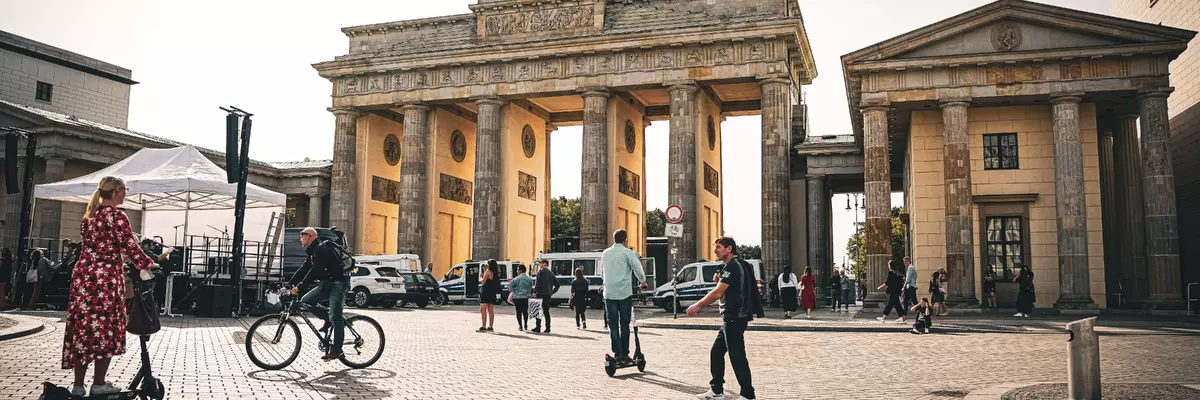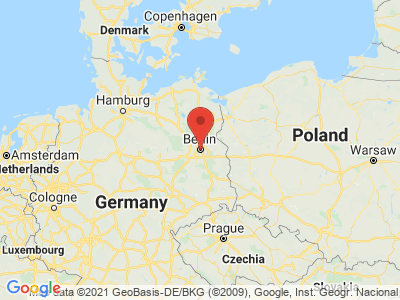Climate Table Berlin
Jan | Feb | Mar | Apr | May | Jun | Jul | Aug | Sep | Oct | Nov | Dec | |
|---|---|---|---|---|---|---|---|---|---|---|---|---|
| Max. Temperature | 2° | 4° | 8° | 13° | 19° | 22° | 23° | 23° | 19° | 13° | 7° | 3° |
| Min. Temperature | -3° | -2° | 1° | 4° | 8° | 11° | 13° | 12° | 9° | 6° | 2° | -1° |
| Sun Hours | 2 | 3 | 4 | 5 | 7 | 7 | 7 | 7 | 5 | 4 | 2 | 1 |
| Rain Days | 10 | 9 | 8 | 9 | 10 | 10 | 9 | 10 | 9 | 8 | 10 | 11 |
The climate year of Berlin
Berlin is the capital and state of Federal Republic of Germany and has a high population density with 3800 inhabitants per square kilometer. With 892 km² it is the largest city in Germany and with its 3.4 million inhabitants the second largest in the European Union. Berlin is a cosmopolitan city of culture, politics, sciences and an important transportation hub. Differences in altitude within the city are almost non-existent, which creates a homogeneous urban climate. The dense development leads to temperature differences in summer of about 10°C between the city districts and the green and open spaces in the city, or the agricultural environment. More than 40% of the area is green space, such as the Großer Tiergarten, the Grunewald and the former Tempelhof Airport with the Hasenheide, which create a pleasant climate in the wider surroundings.
General information about Berlin
Berlin is very large and a sightseeing tour for visitors is a good way to get to know the city. It lasts between one and three hours and can be done by bus or by boat. Going through the illuminated Berlin at night is a special experience. A boat tour usually starts at the pier Schlossbrücke and goes as the first destination to Bellevue Palace and Chancellery, past the Museum Island to the Berlin Cathedral and Nikolai Quarter. There is hardly a more comfortable city tour and from the large windows or from the upper deck of the ships the visitor has once a completely different view of Berlin. At the Treptowers the ships turn around and go back to the starting point. If you want to experience an interesting Egyptian-Oriental restaurant with gourmet grill, shisha lounge, cocktail bar and club in the evening, go to Marooush, not far from Kurfürstendamm. In a pleasant atmosphere, guests enjoy a culinary journey along the Nile, with hot and cold delicacies of Arabic style and wines from Arab countries.
Tourism Berlin
A "best" travel time for Berlin does not exist - it depends on how the visitor wants to experience Berlin. If he comes in July or August, these are of course the warmest months and the guest can spend a lot of time in the parks and facilities. January to February are the coldest months, but they are good for visits to the many museums. Spring and fall are certainly the better months for strolling through Berlin. August is the month with the most precipitation on average (64 mm) and April with an average of 33 mm, the month with the least. Most of the time there is northwest and southwest wind, which blows a little stronger in winter, but brings maritime, clean sea air.


